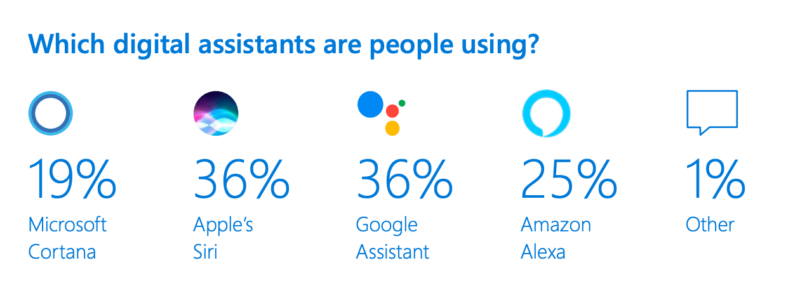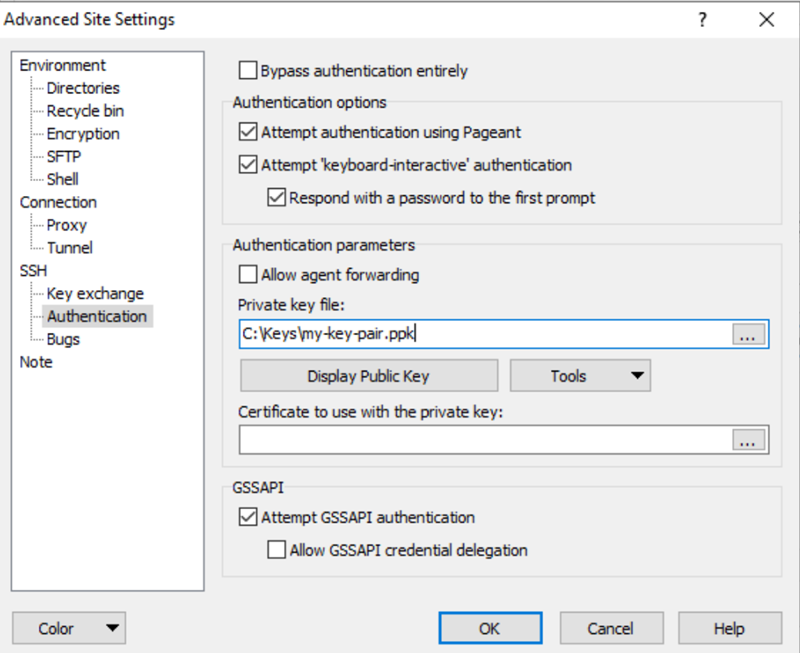On Page SEO Tips 2020 in Hindi – पहले page पर रैंक करने के लिए
क्या आप अपने post को keyword targeted, SEO-optimized और ज्यादा से ज्यादा traffic derive करने योग्य बनाना चाहते हैं?
क्या आप चाहते हैं कि आप search engines को यह बेहतर तरीके से समझा पायें कि आपको किस keyword के लिए rank करना है?
यदि
ऊपर दिए गए किसी भी प्रश्न के लिए आपका उतार हाँ है तो, यह article आपके
लिए ही है और इस article में हम अपने blog post को keyword targeted बनाने
के बारे में चर्चा करेंगे.
जब भी किसी भी website या blog को optimize करने की बात आती है तो इसके अंतर्ग्रत दो चीज़ें होती हैं:
- On-page optimization
- Off-page optimization
आज
के इस article में हम On-page SEO optimization के बारे में बात करेंगे,
और मैं आपके साथ बहुत सी useful On-Page SEO techniques share करूँगा जोकि
आपको आपके blog posts को optimize करने के लिए implement करनी चाहिए.
तो अब आप on-page SEO aur on-site SEO में confuse न हों.
- On-Site में सारी की सारी website के pages की optimization की बात आती है जिसमे sitemaping और permalink structures इत्यादि की settings भी शामिल होती हैं.
- On-page SEO की बात करें तो इसमें हम अपने किसी single blog post के content को किसी particular target keyword के लिए rank करने के लिए optimize करते हैं. इसमें proper headings को use करना, proper keyword placement करना, content की quality को ensure करना और अन्य factors पर ध्यान देना आदि शामिल है.
आपको On-Page Optimization क्यों करनी चाहिए?
जब कई bloggers SEO optimized articles जैसे शब्दों को सुनते हैं तो उन्हें लगता है कि ये किसी प्रकार की bad practice है.
ये बिलकुल भी पूरी practice नहीं बल्कि एक ज़रूरी practice है.
Search Engines और कुछ नहीं बल्कि बस कुछ algorithms का set होते हैं.
वे आपके page में अलग-अलग factors को ढूँढ़ते हैं जिससे कि वे आपके
articles को कुछ keywords के लिए rank कर पायें. अब हमें search engine को
यह identify करने में help करनी होगी कि आपके blog post में क्या है और
आपके blog post को search engine को किस keyword के लिए show करना चाहिए.
सोचने का प्रश्न ये है कि:
- आप भी search engine की rankings में पहले page पर rank क्यों नहीं कर रहे?
इसके बहुत से कारण हो सकते हैं लेकिन यदि आप SEO पर attention नहीं देंगे, तो ये शायद इसका सबसे बड़ा कारण हो सकता है.
तो
जब भी हम किसी भी post की SEO optimization करते हैं तो हम search engine
में higher rank करने के लिए use किये जाने वाले कुछ proven methods को
follow करते हैं.
अब Google जब भी किसी
article को search engine में rank करता है तो केवल on-page SEO score को
ही नहीं देखता. इसके इलावा हए और भी बहुत सारे factors को ध्यान में रखते
हुए posts की ranking करता है, जैसे कि social media signals (shares, likes, tweets, follows etc.), backlinks, domain authority और बहुत से दूसरे off-page metrics.
On-page
SEO का हमारा मकसद किसी article को natural पर smart way में SEO optimize
करना होता है ताकि search engines आसानी से target keyword को pick out कर
सकें और आपकी website पर targated लोगों को send कर सकें.
इससे
पहले कि मैं आगे बढूँ, मैं यह assume कर लेता हूँ कि आपको keyword
research के बारे में पता है और आपको यह भी पता है कि target करने के लिए
keywords को कैसे ढूँढ़ते हैं. यदि आपको नहीं पता तो आप हमारे नीचे दिए गए
posts को ज़रूर पढ़िए:
एक
चीज़ जो मैं आपको recommend करूँगा कि आपको अपने blog posts में videos add
करना शुरू करना चाहिए. Videos केवल आपके page पर media का amount ही नहीं
बढ़ाएंगी, यह आपके post को और भी ज्यादा informative और content-rich
बनायेंगी.
2018 में बढ़िया ranking के लिए 10 On-Page SEO Tips
इससे पहले कि मैं आपके साथ tricks को शेयर करूँ, ये रही कुछ non-technical चीज़ें जिन पर आप आज ही गौर कर सकते हैं.
- User Experience को improve कीजिये
इस बात को पक्का कीजिये कि आपकी website responsive हो और broken links कम से कम हों.
- इस बात को पक्का कीजिये कि search engines से आपकी site पर आने वाले लोग आपकी site पर काफी time भी spend करें. यदि वे जल्दी ही back button को दबा देंगे, आपकी ranking भी जल्दी से drop हो जाएगी.
- इस बात को पक्का कीजिये कि आपकी site का भी एक अपना professionalism का एक standard हो.
- लोगों को अपनी site पर चिपकाये रहने के लिए copyrighting skills का use कीजिये.
- बढ़िया content create कीजिये
- अपने content को और engaging बनाने के लिए benefit-driven sub-heading को use कीजिये.
- अपने articles को fluffy तो बिलकुल मत बनाईये.
- Feedback लीजिये और improve कीजिये.
तो अब हम Top 10 On-Page SEO Factors देख लेते हैं कि कौन से हैं.
1. Blog Post Title
आपके
blog post का title एक बहुत ही ज्यादा महतवपूर्ण on-page SEO factor है.
आपके blog post का title जितना ज्यादा बढ़िया होगा, उतने ही ज्यादा लोग आपके
blog के लिंक पर click करेंगे. दूसरे शब्दों में अगर कहें, तो जितने
ज्यादा आपके post पर click होंगे, उतनी बेहतरीन आपकी ranking होगी. आपको इस
बात को पक्का करना चाहिए कि आप अपने target keyword को अपने blog post के title में ज़रूर use करें.
2. Post Permalink Structure
Post
के title के बाद दूसरी सबसे महत्वपूर्ण चीज़ जो आपको ध्यान से set करनी
चाहिए वो है आपकी पूरी site का permalink structure. इस सम्बन्ध में आप
हमारे नीचे दिए गए articles को read कीजिये.
एक बात को आप सुनिशित कर लीजिये कि आप अपने target keyword permalink में ज़रूर use करें.
3. Heading Tags
Heading
Tags Search Engine Rankings के लिए कुछ ख़ास important factor तो नहीं है
लेकिन यदि फिर भी आप्प सभी तरह कि headings जैसे कि H1, H2 और H3 का proper use
अपने पूरे article में throughout करेंगे तो आपको ज़रूर rankings में
benefit मिलेगा. कोशिश कीजिये कि आप अपने main keyword को और उसके सम्बन्धत
कुछ और keywords का प्रयोग भी आप heading tags में करें.
4. Keyword Density
Keyword
Density भी आजकल कुछ ख़ास important factor नहीं रह गया है क्योंकि जो चीज़
सबसे ज्यादा matter करती है वो है आपके content की quality. फिर भी यदि आप
किसी बहुत ही ज्यादा targeted keyword के लिए article लिख रहें है तो आपके
लिए यह बढ़िया होगा कि आप main keyword + उससे मिलते जुलते कुछ और words को मिलकर keyword density लग-भाग 1.5% रखें.
5. Meta Tags
Meta
Tags कुछ ऐसे tags होते है जोकि search engine को आपके article के बारे
में कुछ valuable information को short में provide करते हैं. एक बहुत ही
मत्वपूर्ण meta tag है meta description.
Meta
Description वह छोटी सी आपके blog post के बारे में जानकारी होती है कोकी
search engine results में आपकी site के title और link के नीचे display
होती है. यह मत्वपूर्ण दो पहलूओं से होती है. पहले पहलू keyword का है. यदि
आप keyword का प्रयोग इस description में करते हैं तो
आपको search engine में किसी particular keyword में ranking प्राप्त करने
में मदद मिलेगी. दूसरा factor CTR का है. जितनी ज्यादा बढ़िया आपकी meta description होगी, उतने ही ज्यादा लोग आपके लिंक पर click करेंगे और जिससे आपकी ranking और traffic दोनों बढ़ेगी.
6. Images
आजकल
जमाना images का है और लोग पढने की जगह देखना ज्यादा पसंद करते हैं. इस
चीज़ को ध्यान में रखते हुए search engines ने भी media का use करनी वाली
sites की ranking को improve करना शुरू कर दिया है. इसलिए आपके लिए यह सख्त
recommendation होगी कि आप अपने हर एक blog post जिसे कि आप किसी भी
keyword के लिए targeted बनाना चाहते हैं, उसमे images और दूसरे media जैसे की videos आदि का प्रयोग करें. इसके अतिरिक्त आप images के ALT tags और उनके names में भी अपने targeted keyword का प्रयोग कीजिये तो आपको पक्का benefit होगा.
7. Word Count Per Post
एक
चीज़ आम देखी गयी है कि जिन भी posts की length काफी ज्यादा होती है उनकी
ranking हमेशा बढ़िया होती है. इसकी सबसे बड़ी Example Wikipedia है.
आपने
देखा होगा कि wikipedia के सभी articles बहुत ज्यादा लम्बे होते हैं
अर्थात उनका word count per post बहुत ज्यादा होता है. इसलिए उनकी ranking
भी अक्सर number 1 होती है. लेकिन इसका अर्थ ये भी नहीं कि आप अपने post की
stuffing करी जाएँ और फालतू का content लिखी जाएँ.
आपको
इसलिए बढ़ी चालकी से बढ़िया content लिखना चाहिए और जितनी ज्यादा बातें आप
अपने posts में बताएं उतना ही बेहतर होगा. Readers को bore होने से बचाने
के लिए media का content में thorughout use कीजिये.
8. Internal Linking
Internal
Linking एक और बहुत ज्यादा important factor है. इसकी भी मैं आपको सबसे
बढ़िया example देना चाहूँगा, Wikipedia. आपने देखा होगा कि चाहे कोई भी
wikipedia article हो, उसमे बहुत ज्यादा internal linking की होती है. आपको
भी अपने blog posts में related content के साथ Internal Linking करनी
चाहिए. Internal linking की example आप हमारे इस post में ही ले लीजिये.
मेरे दूसरे posts जो-जो हमारे इस posts के साथ related है उनका लिंक मैं इस
post में अलग-अलग जगह दिया है. आपको भी ऐसा ही करना है, यदि आप बढ़िया
ranking प्राप्त करना चाहते हैं.
9. External Linking
जिस
प्रकार Wikipedia में internal linking की होती है उसी प्रकार वे एक
Reference का अलग से section बनाकर External Linking भी करते हैं. आपको भी
आपके article में अलग-अलग जगह पर जहाँ पर ज़रुरत पड़े, external linking भी
करनी चाहिए. external linking की बात करें तो एक और important चीज़ है,
backlinking जिसके बारे में आप हमारे नीचे दिए गए article में पढ़ सकते हैं.
10. Engaging Content लिखिए
आपको
अपना content कुछ ऐसा लिखना चाहिए कि ज्यादा से ज्यादा users ज्यादा से
ज्यादा समय के लुए उसके साथ engage हो पायें. एक SEO कुछ ऐसी होती है जिसमे
हम केवल search engine factors पर ध्यान रखते हुए articles लिखते हैं. एक
SEO ऐसी होती है जिसमे हम उन factors का ध्यान तो रखते ही हैं, उसके साथ
में, engaging content लिखते हुए अपने readers का भी ध्यान रखते हैं. एक
बात हमेशा याद रखें कि आप content अपने readers के लिए लिखते हैं नाकि
search engines के लिए.कुछ महत्वपूर्ण बातें:
Keyword Placement के बारे में:- Title में keyword
- Permalink में keyword
- पहले paragraph में keyword
- Image के alt tag में keyword
- Throught Post में LSI keywords
- Headings में keywords
- 1.5% overall keyword density
कुछ चीज़ें जो बिलकुल न करें:
- एक से ज्यादा H1 Tags को बिलकुल न use करें. आपके post का title already H1 में होता है.
- Same H2 और H3 Tags को repeat न करें.
- Keywords को article में stuff न कीजिये.























